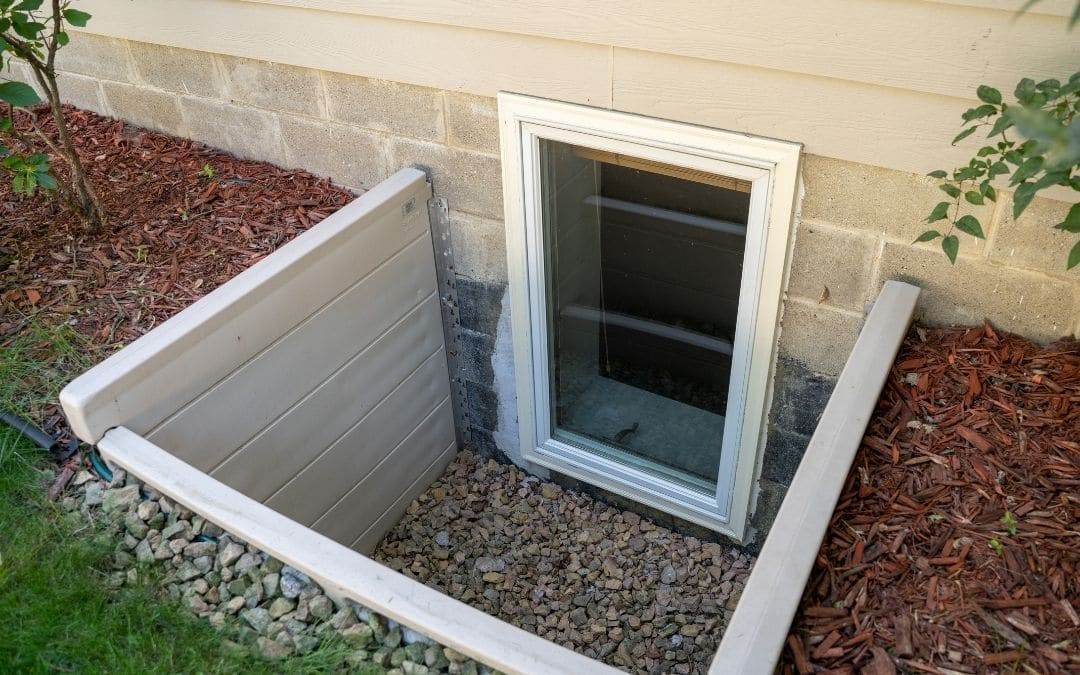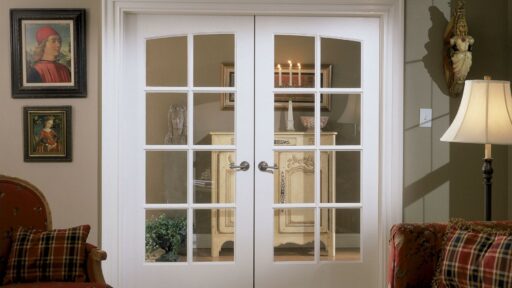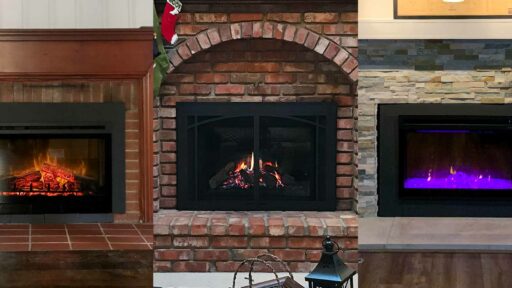A basement is quite a useful space in your house for several reasons, for example, an additional space. However, what makes those basements practical are basement windows. They keep the area bright and ventilated.
There are several types of basement windows, including Awner, Hopper, Egress, and more, that are available to suit distinct types of needs and preferences.
Different types of basement windows are used for different basements. For instance, for an unfinished basement, a small window can work. However, for living spaces and finished basements, it is important to keep an egress window.
In addition to that, it is important that the basement window sizes comply with the construction requirements.
Now, if you’re also wondering what the appropriate sizes and types of windows one can install in basements are, worry not because this article can help you get answers to all these questions. Continue reading to understand the importance and size measurements of basement windows.
Do Basement Window Sizes Matter?
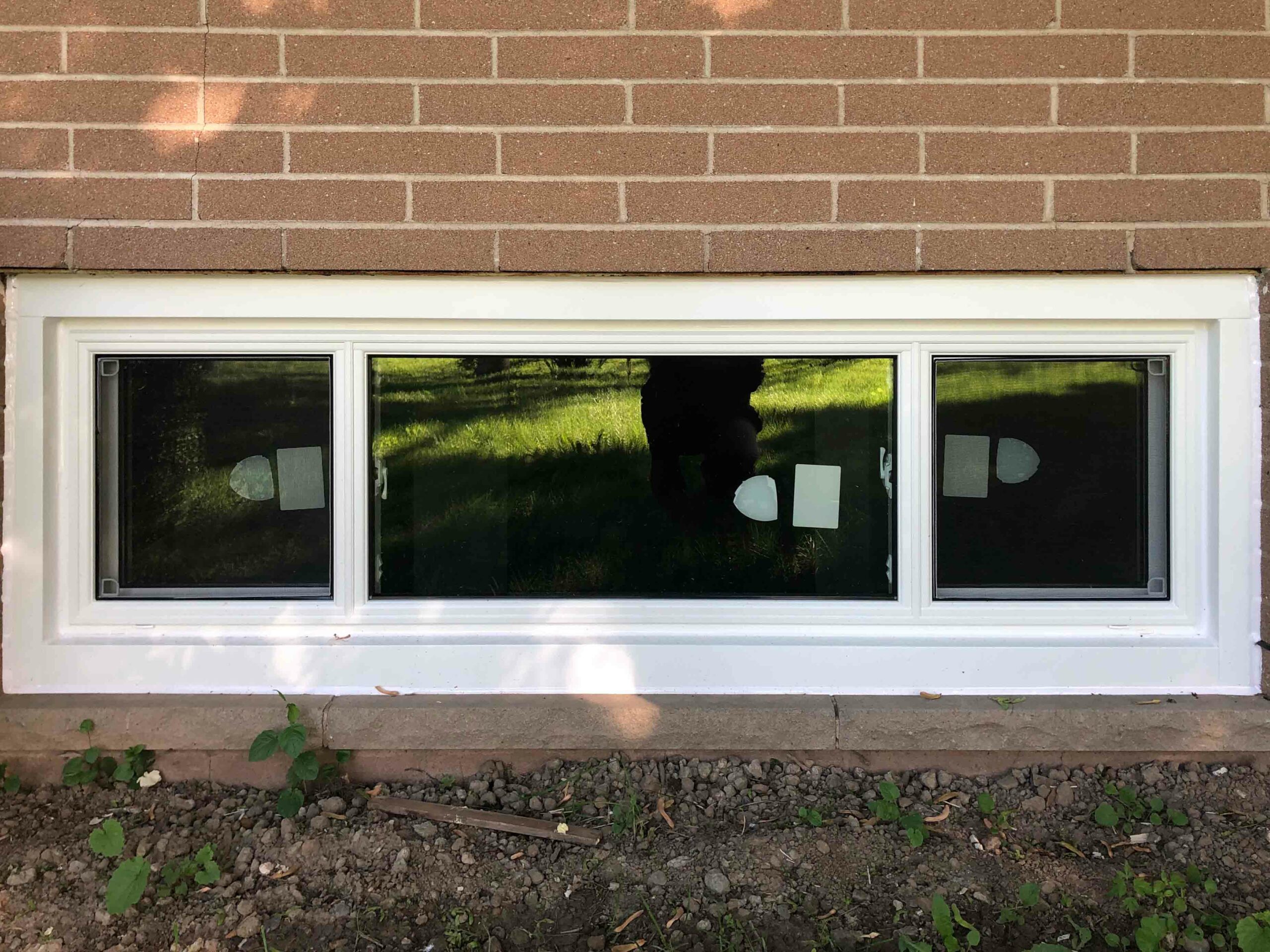
Yes, basement window sizes do matter. For habitable spaces, it is important to ensure the basement windows comply with the construction code, and that is important for several reasons. To start with, an appropriate basement window size ensures one can easily evacuate from the area in case of adversaries like fire and more.
In addition to that, a quality window also prevents molds and bacteria, thus making the area safer and worth living in. Furthermore, good ventilation keeps the inhabitants free from respiratory illnesses and other conditions.
Moreover, building your basement with proper window sizes also ensures you get a good price when putting your house on sale.
Standard Basement Window Size
As mentioned, the basement can be finished as well as unfinished. The unfinished basements are generally used as storage spaces to hold your spare belongings and more, and the size requirements of windows for such areas may not be that important.
However, consider the basements as living spaces, where your toddlers may play games, or it can be a bar area, it is then important to ensure the area is safe and ventilated. And here comes the standard basement window sizes.
The standard basement window size stands at a height and width of 36 inches or approximately 91 centimeters.
Moreover, if one has their basement windows at a height of around 44 inches off the floor, then it is instructed to have a ladder or some kind of steps. The ladder should be at least 12 inches wide.
Egress Window
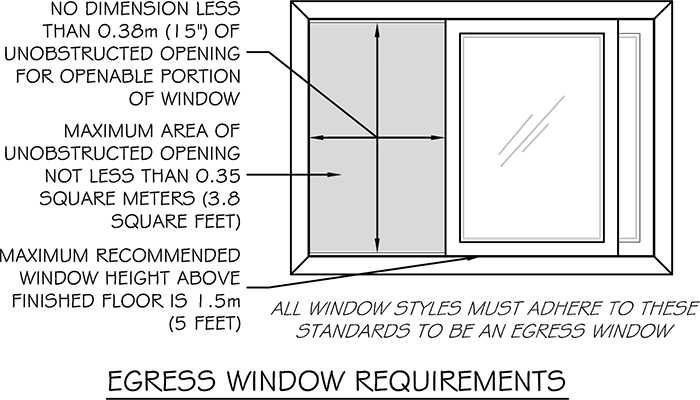
Egress Windows are a must-have for inhabitable basements. They act as emergency windows and allow one to get out and helpers to come in in cases of emergency. So, they should be at least that big to allow a child or an adult to pass out easily.
In addition to that, it is noted that it is quite important to ensure that the egress window opens easily and properly without any hassle. So, one must carefully pick the correct basement window size.
Size Requirements For Egress Window

The basement window size is regulated by local construction codes. However, IRC, which stands for International Residential Building Code, also has a set of requirements laid out in its regulations. Be they the width of windows or their opening size, everything needs to be followed. To ensure you do the same, read the requirements below.
According to the rules, the egress windows of the basements should have a minimum opening height of at least 24 inches or 61 centimeters.
Next comes the width of these windows, which should be approximately around 20 inches, converting into 51 centimeters.
Additionally, after opening the window, it should leave a free space of around 170 centimeters, converting into 5.7 square feet.
This free space is significant to make sure the window is suitable for entry and exit purposes during emergency conditions.
The other most crucial requirement remains the height of these egress windows from the floor. According to the rules, they should stand at not more than 44 inches off the floor.
This specific height ensures that individuals can easily access these windows during emergencies.
Egress Well
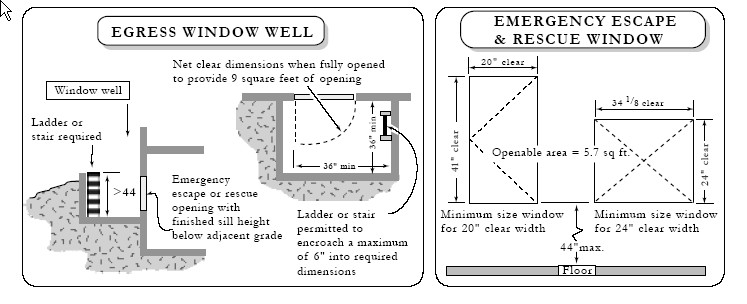
Windows wells are one of the most important components surrounding the basement windows. Now, one may wonder what these window wells are and how important they are.
A window well is a sturdy well that is made outside the windows of your basement to protect them from dust, dirt, and much more. These are quite pocket-friendly in the long run as they prevent damage to the basement walls as well as tiles from the water and adversaries that might sweep in in the absence of these wells.
Moreover, to boost the practicality of these wells, one must follow their suitable size requirements. For instance, the space between their egress windows and wells should be at least 36 inches, and the inside space of these wells should be no less than 9 sq. Feet.
Popular Basement Windows and Their Size Requirements
Here are some popular windows that can be used as egress windows for your basements. However, the size requirements need to be followed, so continue reading to understand the design of these windows and their size availability.
Slider Windows
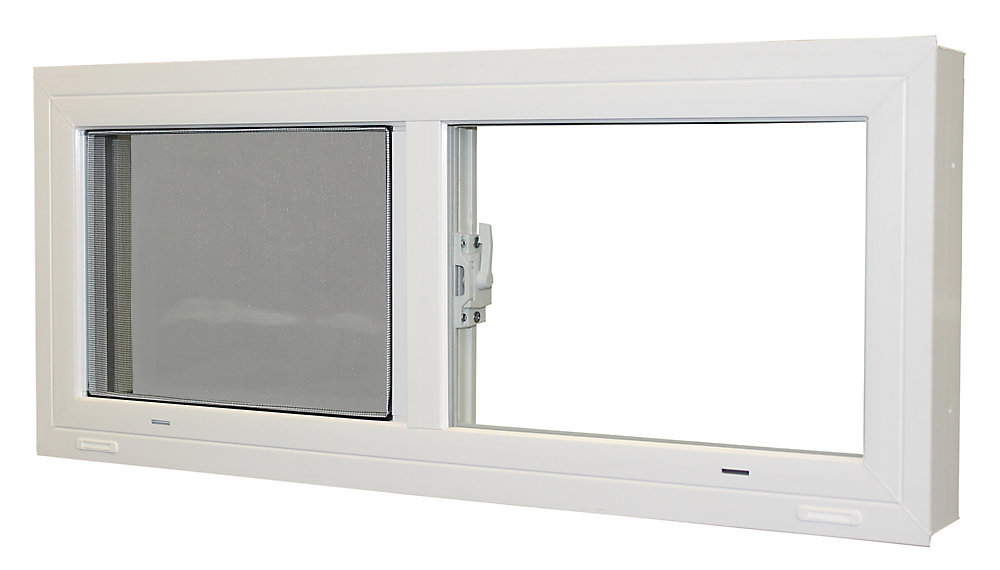
Looking for a quick and easy replacement for your basement windows? Then Slider windows can be one of the perfect choices. They are easily installable and are budget-friendly as well.
As the name suggests, these windows slide and open horizontally. These sliders are generally designed for walls that are generally 8 inches to 12 inches thick.
Also, these basement window sizes shall be at least 30 inches and a maximum of 60 inches in width. When talking about height, they shall be a minimum of 12 and a maximum of 48 inches, following your convenience.
Hopper Window
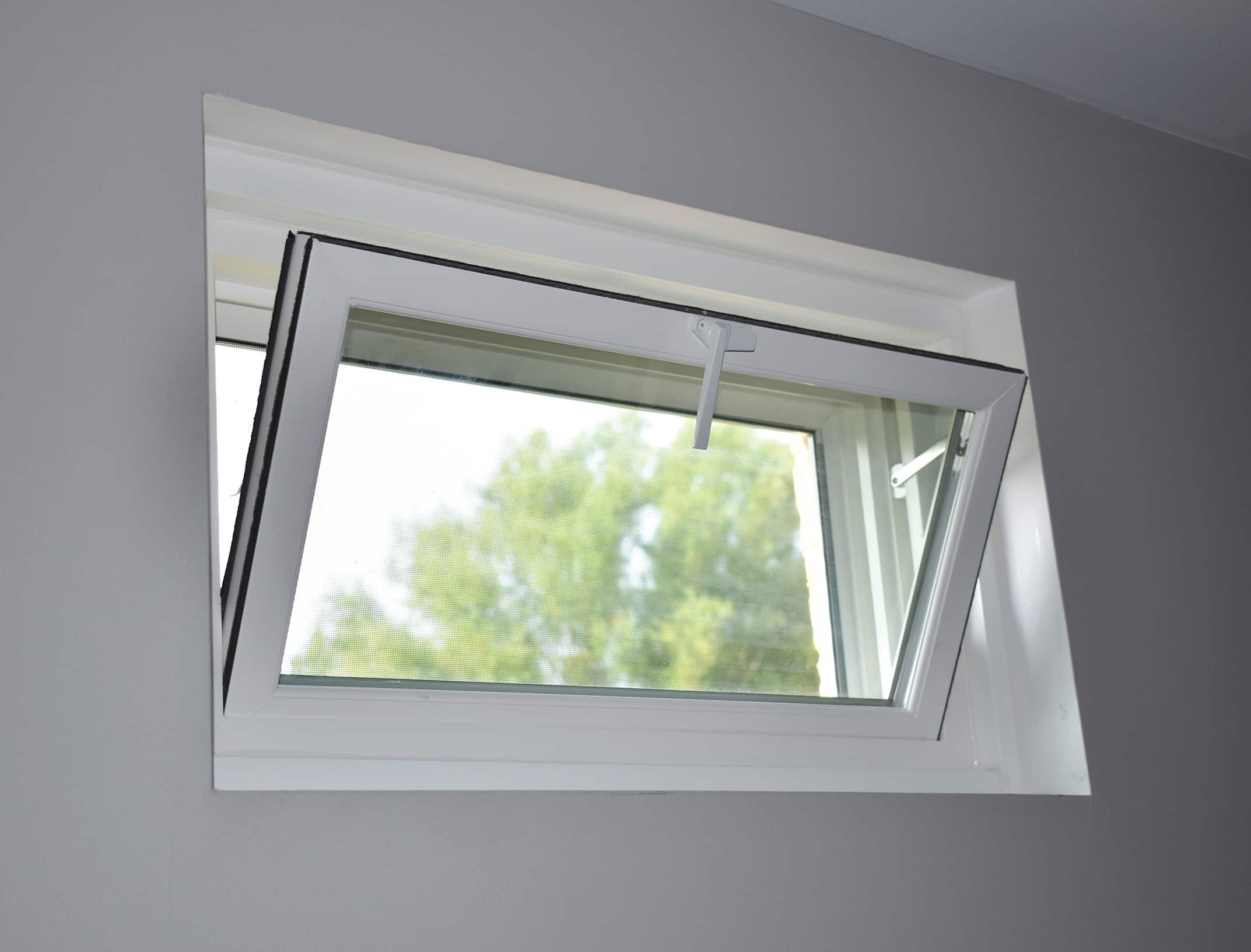
Hopper Windows is one of the most preferred choices as egress windows.
They open inward and offer a good amount of natural light and are thus good for the prevention of mildew and bacteria. These windows are considered most appropriate for bathrooms. However, one can use them in other areas as well.
As for the basement, they need to follow specific size requirements. For instance, their height should be around 12 inches to 24 inches, and their width should lie on the scale of 30 inches to 36 inches.
Also, they are available in several varieties, are super easy to clean and maintain, and offer good ventilation.
Awning Windows
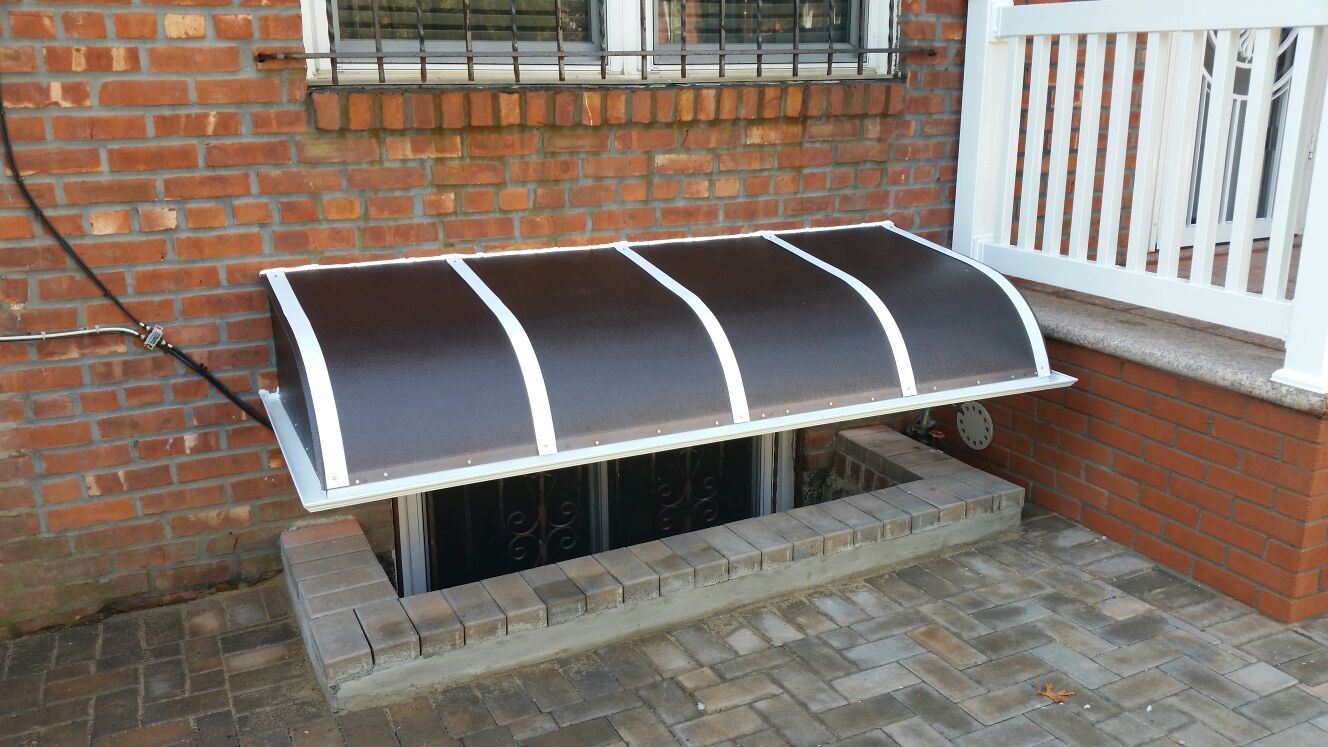
Awning Windows are just like hopper windows. However, the major difference between them lies in their opening. The awning windows open outward, unlike hopper windows, which have inward openings. However, both these windows open downward and are top-hinged.
The awning windows are a popular choice for kitchen areas. And they can be used for the basement as well. Yes, you heard it right.
These awning windows can be used as egress as well. However, to do the same, one should install a window following the same size requirements as egress for a basement. It means they should be 24 inches high and 20 inches wide with a free space of 5.7 sq. Feet.
Casement Windows
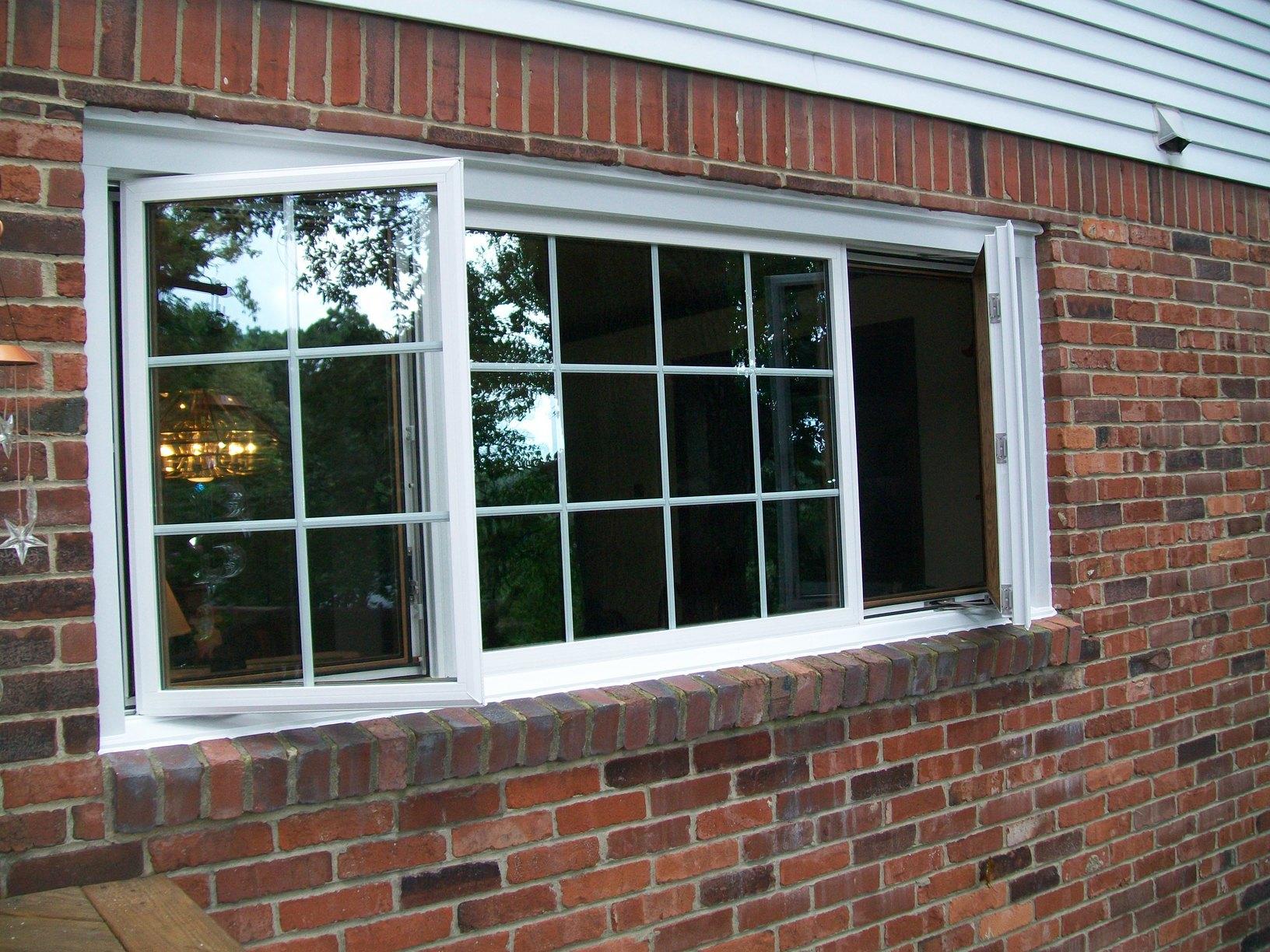
Casement windows have hinges on the sides and can be opened wide, making them quite a good option for basements.
They can allow good ventilation and light. Also, their easy accessibility and operation make them a suitable egress window that can be used in basements.
These are a bit compact and are available in a variety of sizes, allowing one to pick that best suit their space requirements. Their height ranges from 28 inches to 36 inches, and the width goes from 35 inches to 48 inches.
Conclusion
As mentioned, a basement is quite a practical space, but the absence of sunlight and ventilation can make it look damp and dark, which is why basement window sizes matter. Right basement window sizes allow air to flow freely and thus, the area is free from all kinds of odors and unpleasant smells. Good ventilation also keeps one in good health.
Additionally, in winter, these windows can keep the basement warm. They also keep it bright, eliminating the need for artificial light in daylight. In addition to all these, the size of windows is quite important for safe evacuations in emergencies.
We hope this article guides you with all the basic requirements needed for basement window sizes and what their different types are.
Comment below and let us know if you would like to know more about such windows in different spaces.
FAQs
What is the Most Common Window for Basements?
The most common windows for the basement are hopper windows. They are perfect for basement bathrooms. And their basic feature is they open inward.
What Are the Different Styles of Basement Windows?
There are different styles of basement windows. Some of the most popular names include Egress Windows, Hopper Windows, Awning Windows, Gliding Windows, Casement Windows, and so on.
Is There Any Standard Size for Basement Windows?
Yes, there is a standard for basement windows for finished basements. The height and width of the basement windows need to be 36 inches or 91 centimeters, and they should not be more than 44 inches high from the floor.
Are Basement Windows Important?
Yes, basement windows are very important for several reasons, like safety, air flow, sunlight, ventilation, and much more. They keep the room bright and free from any kind of mold and dampness.


